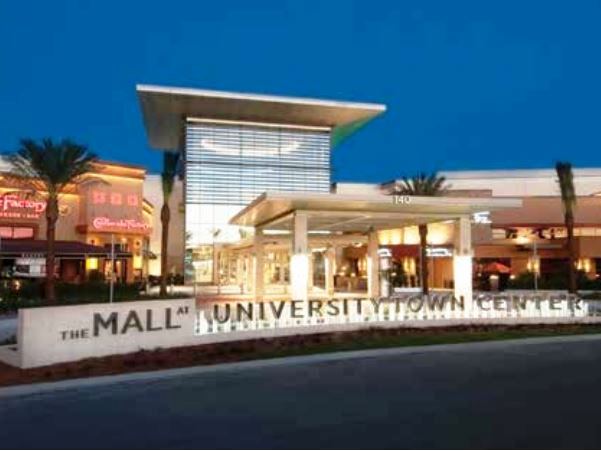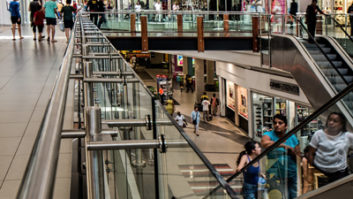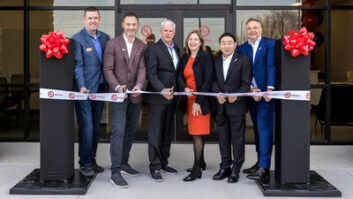
The following column was filed prior to Hurricane Irma. TWICE wishes all Florida retailers and residents a speedy recovery.
Recent news has highlighted a significant decline among the nation’s brick-and-mortar retail stores which the media has dubbed the retail apocalypse.
That’s not surprising when considering that so far in 2017 we have seen more than 300 retailers declare bankruptcy, from small to large in size. Big-box stores seem to be hardest hit: as of August 2017, sales have plummeted over 40 percent for Macy’s, nearly 25 percent for Kohl’s and, in one disastrous day alone, Dillard’s sales dropped 15 percent, effectively extinguishing any gains for the year.
In response to dipping sales, some retailers are announcing closings: Macy’s will be closing 68 stores nationwide, Sears has scheduled 150 closings and JCPenney announced plans to close 138 stores.
While many blame the rise of online retailers like Amazon, or discounters like Walmart, for a decrease in brick-and-mortar spending, the problem is more complex.There is a growing movement by customers to shop small and local. Many shoppers are looking for a unique experience. Reportedly 40 percent of millennials prefer to shop at local stores even if they end up spending more. Many chain stores are closing because they simply have failed to keep up with current trends and changing consumer needs. While many brands from the 1990s have failed, Steve Madden has remained viable by working to identify potential customers and their needs, create newness in their line, and respond quickly to trends or changes in public perception. Their earnings are up 15% percent year over year and they are investing in a 2,000-square-foot retail store in New York’s Times Square.
Despite all the chatter, retail experts point out that store sales have actually been decent overall. Retailers with a brick-and-mortar presence still capture around 90 percent of all retails sales. According to a recent Kiplinger report, department store sales have remained steady over the past nine months, and Ulta, Kroger and T.J. Maxx are continuing to open new stores.
However, while most big-box retail stores have an online presence or are working hard at it in order to complement their brick-and-mortar stores, online shopping continues to increase, which decreases foot traffic and store visits, and is expected to continue to do so. What to do?
Some department stores are implementing strategies that resonate with today’s retail environment. For instance, some big-box stores are developing brand partnerships and opening off-price stores; JCPenney is introducing an exclusive Project Runway line; while Nordstrom is seeing success with its off-price Nordstrom Rack stores. Another strategy involves refocusing efforts on non-core offerings, such as beauty, foodservices, and lifestyle brands. Department stores are also looking at ways to integrate their online and in-store sales. Kohl’s and Walmart, for example, among others, now offers discounts to consumers who order online and pick up items in-store.
The underlying lesson, which history proves out, is that the sin of omission can go unnoticed but is often the biggest sin of all. Property owners, asset managers and municipalities (as they can be directly affected blight-wise and tax-wise) must take action. Rather than wait, they must consult commercial real estate professionals. They must actively seek out best practices and successful actions that commercial real estate professionals have access to. Just as addressing a heart problem involves consulting a cardiologist, confronting a retail situation should include consulting professionals in commercial real estate.
We have realized that we either remain forward-looking or we end up going the way of those that don’t. Municipalities can help lead the way by providing opportunities and inviting professional private enterprises to become involved. But they should not try to be urban planners themselves, as that is not their profession despite what some of them may think.
Successful retail locations have grown and flourished by being well located, but today one cannot sit back and wait to lease an empty space if there is a vacating retailer. One option is to offer a shorter lease for a pop-up shop. Another is bringing customers back by offering more entertainment options, such as restaurants, bowling alleys, gaming, theaters and comedy clubs. Another is repurposing the space into something that is truly needed in the area.
Lastly, looking ahead to the future, commercial professionals should look to online brands that are looking for physical retail locations. These e-retailers will want a well-positioned fleet of stores to grow their businesses.
Brian Andrus is president of the Florida Gulfcoast Commercial Association of Realtors (FGCAR), which provides the Tampa Bay region with a solid source of professional expertise and ethical accountability in the field of commercial real estate. He is managing broker at Stonebridge Real Estate Co., a commercial and residential real estate brokerage in Clearwater, Fla.













